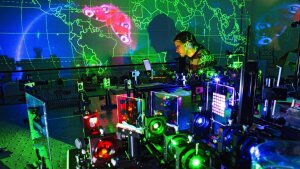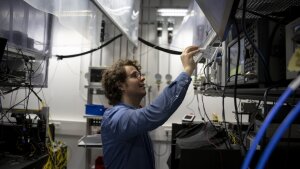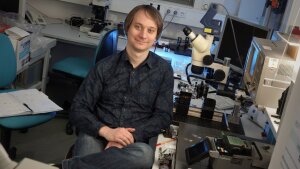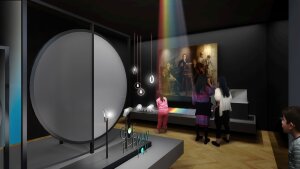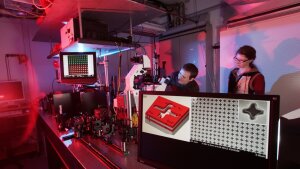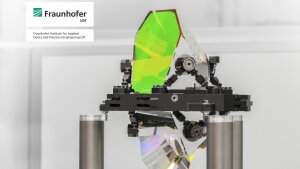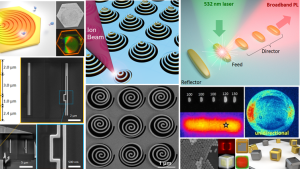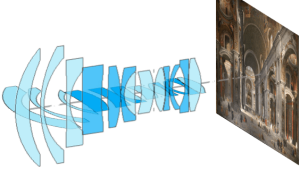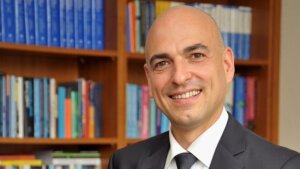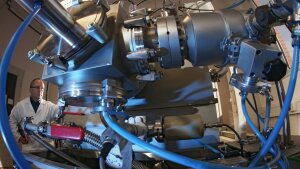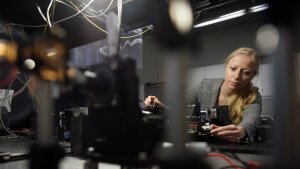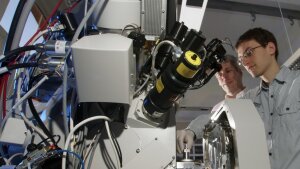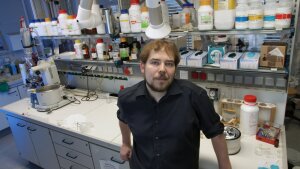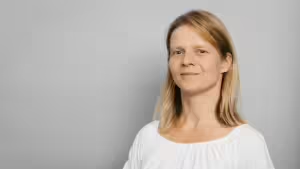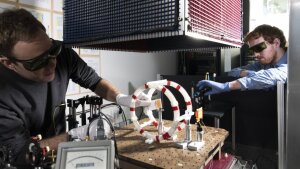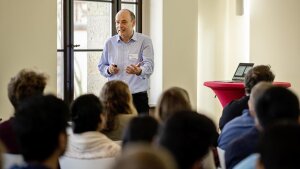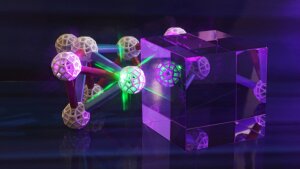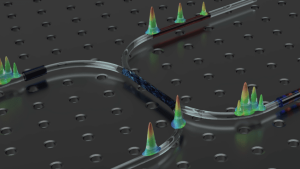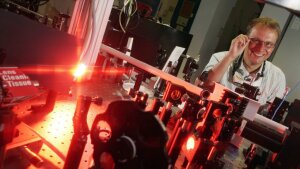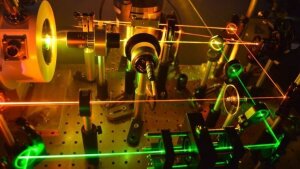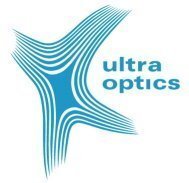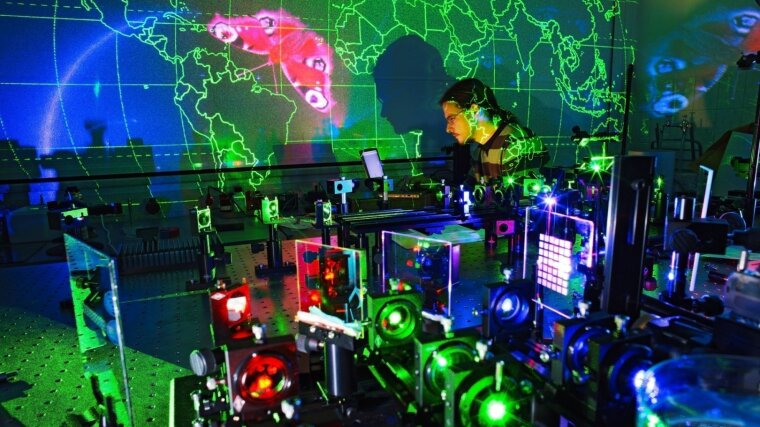
Ultra Optics constitutes a synergistic combination of Nanooptics, Laser Physics, Photonic Materials, Optical Systems and Quantum Technology. The combination of these fields into one common key research area fundamentally opens new possibilities for generating and controlling light in a spatio-temporal way using virtually arbitrary properties. In this way, a bridge is built between fundamental research and industrial applications.
ACP's key research area Ultra Optics was funded by the German Federal Ministry of Education and Research (BMBF)External link as a "Center for Innovation Competence" (ZIK) in 2005. ACP's quantum technolgy is particularly supported by the Thuringian Innovation Center for Quantum Optics and Sensing - InQuoSens).
History of Ultra Optics
Ultra Optics
Image: Ultra OpticsIn 2002, the Federal Ministry of Education and Research (BMBF)External link started the program "Centres for Innovation Competence" within the scheme "Unternehmen Region". At the University of Jena and since 2005, this program has stimulated a strategy process which led to a sustainable restructuring of the local research on optics and photonics. The first two Junior Research Groups established through this initiative were "Nanooptics" led by ACP principal scientist Thomas PERTSCH and "Relativistic Laser Physics" led by ACP principal scientist Malte KALUZA. These two groups acted as nuclei for a professional focus and the establishment of the Centre for Innovation Competence ZIK ultra optics, which was designed by a coordinated appeal and investment policies of the Friedrich Schiller University Jena. Moreover, in 2011 another two Junior Research Groups were granted by the BMBF within a second funding period of ZIK ultra optics, providing financial support until 2016. These groups are concerned with the former "Diamond- & Carbon Based Optical Systems" (Alexander SZAMEIT) and "Advanced Fabrication Technology for Micro- and Nano-Optics" (Uwe ZEITNER).
Due to its great success, ZIK ultra optics was the major driving force for the foundation of the Abbe Center of Photonics (ACP) in 2010 and fostered the integration of Jena's research on optics and photonics with a much wider scope. Today, Ultra Optics is the first of three ACP key research areas and a synonym for successful research at the Friedrich Schiller University of Jena with structural roots in innovative training programs as well as cooperative industrial relations. Today, the innovation fields and lines of research of Ultra Optics are particularly matched and crosslinked with one of ACP's prime collaborating institutions, the Fraunhofer Institute of Applied Optics and Precision Engineering (Fraunhofer IOF)External link in Jena. In sum, numerous significant development stimuli of Ultra Optics during the last decade have led to the establishment of sustainable structures and cooperative relations with other institutions of science and economics, which reach out far beyond academia.
